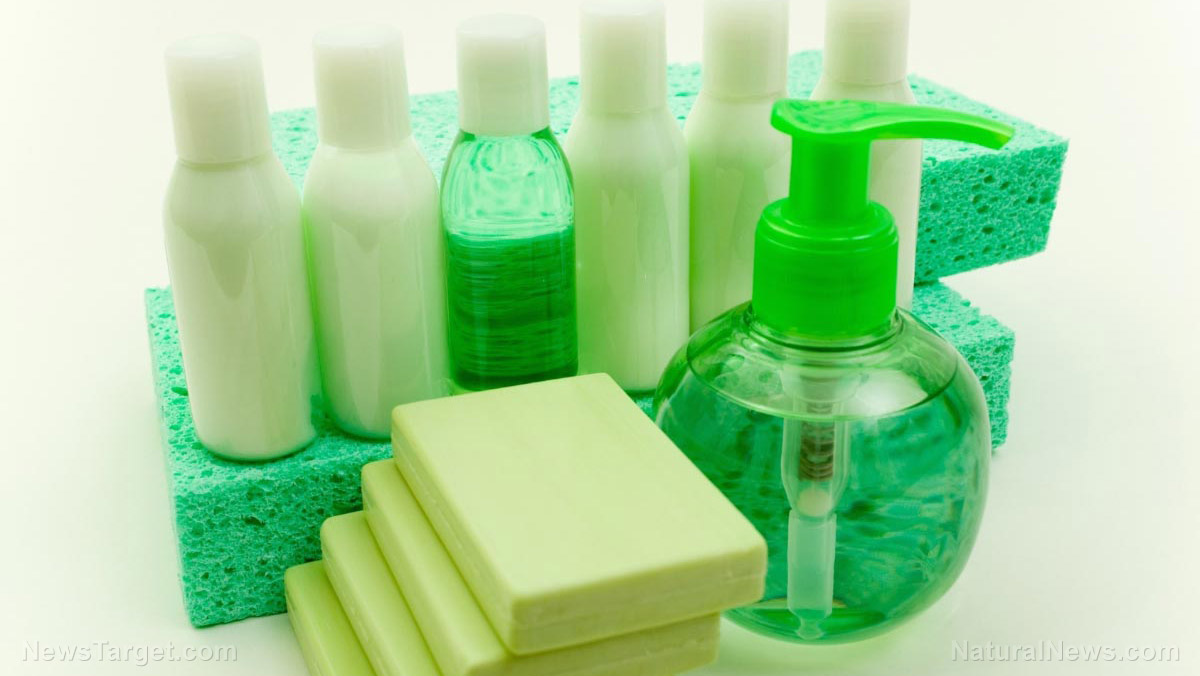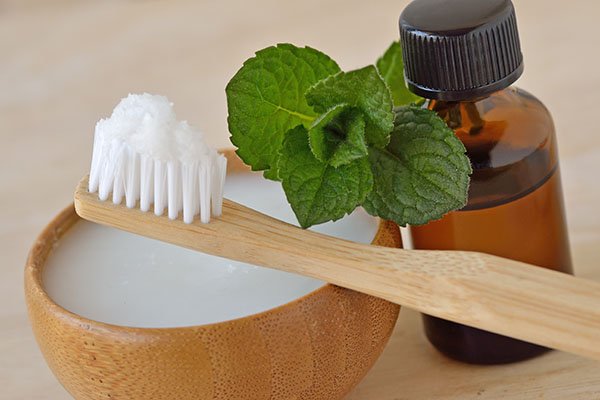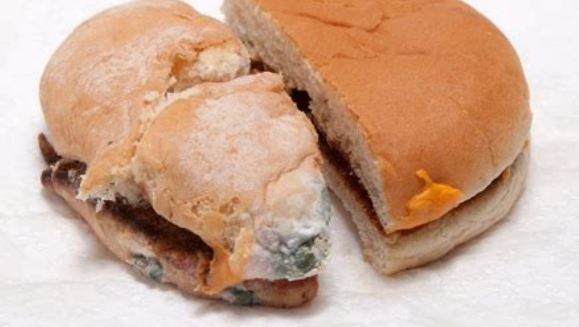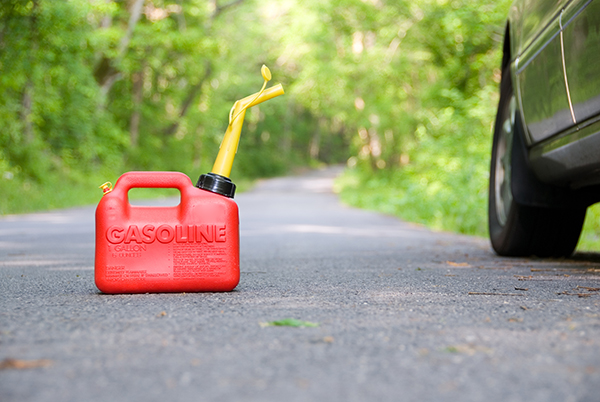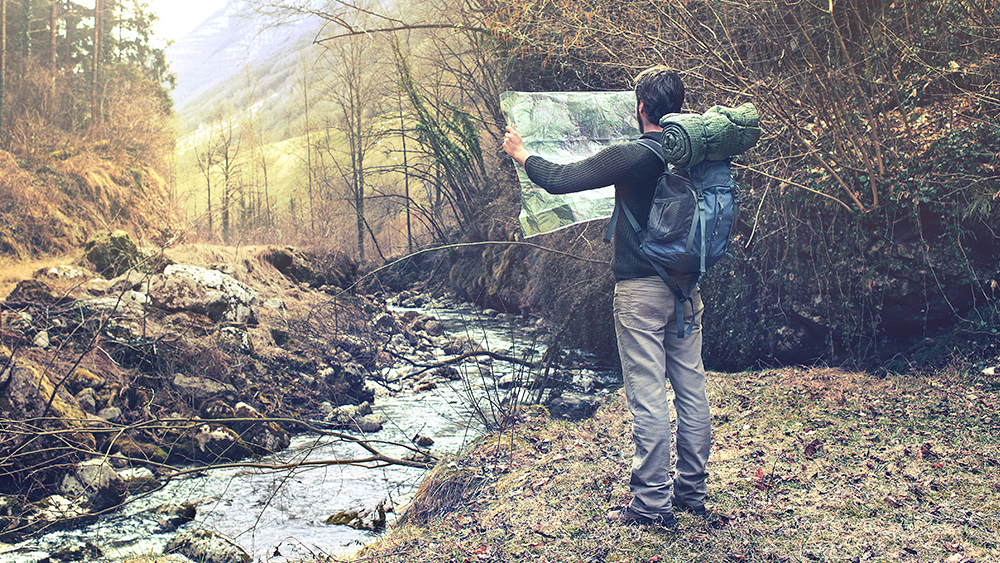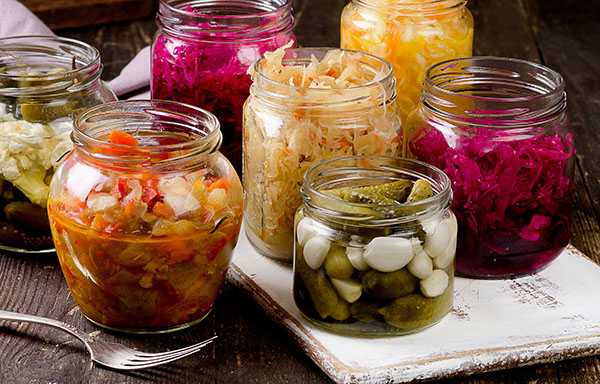How to make homemade pepper spray for self-protection
05/15/2023 / By Olivia Cook

Sometimes referred to as mace or chili spray, pepper spray is the most effective non-lethal self-defense tool you can use in many situations.
Pepper spray’s usefulness is thanks to capsaicin, a compound present in plants from the Capsicum family and the same chemical found in hot peppers. The potency of pepper spray depends on the amount of capsinoids in it. Many commercial pepper sprays come in strengths between one to two percent major capsinoids.
Some pepper sprays may contain five to 10 percent capsaicin – higher than what chili peppers normally have. Take note that the higher the capsaicin concentration is, the longer the “heat” lasts.
While homemade pepper sprays will not come near these percentages, they will still be enough to incapacitate an attacker, even dogs and bears.
Here’s how to make your own pepper spray at home for self-protection:
Gather your supplies
You will need:
Hottest pepper you can find – Cayenne pepper (powdered or dried) is recommended for its spiciness and ability to irritate the eyes. Two tablespoons of it will give you enough for several sprays’ worth of mixture.
Solvent – You can use rubbing alcohol (highly recommended) and vegetable oil to turn cayenne pepper into a stable, sprayable substance with a long shelf life.
Other items you will need:
- Eye protection or safety goggles
- Rubber gloves
- Protective face mask
- Blender or food processor or grinder
- Mixing bowl or cup
- Storage bottle
- Funnel
- Cheesecloth or coffee filter
- Spray bottle
Choose an isolated area to set up all your materials. Otherwise, you and your family might get exposed and suffer from the effects firsthand.
Be sure to wear eye protection. If you or someone assisting you has any respiratory issues, such as asthma or chronic obstructive pulmonary disease (COPD), wear a medical-grade face mask to prevent inhalation of any powder or vapors while making your DIY pepper spray. (Related: Save money by growing peppers year-round inside your house.)
Add pepper to a mixing cup
Add two tablespoons of cayenne pepper to a small glass cup. Alternatively, you can grind peppers you’ve dried and add them to the mix. You can use a food dehydrator or an oven to dry your peppers, or you can simply hang them in the sun.
Whichever method you choose, the peppers must have as little water as possible after drying in order for you to get the highest percentage of capsaicin.
Once dried, chop the peppers using a blender or food processor, or run them through a grinder. The finer the pieces you end up with, the more capsaicin they will leak into your solvent.
Submerge pepper in solvent
Rubbing alcohol will give the cayenne powder a liquid to grip onto. Pour rubbing alcohol over the cayenne pepper until the pepper is completely submerged. Stir constantly to get a better idea of the mixture’s progress.
Add enough solvent to just cover the chopped peppers and blend until the solution looks homogeneous.
Add vegetable oil
Add one tablespoon of vegetable oil for every two tablespoons of cayenne pepper you’ve dished out. Stir the mixture well. Baby oil is a viable alternative to vegetable oil.
Include extra ingredients (optional)
If you want a more intense mixture, replace cayenne with another pepper that has a higher score on the Scoville Hotness meter, which measures the pungency or heat of a pepper based on the levels of capsaicin in it.
And because you’re making your own pepper spray at home, you can include additional ingredients in your mixture.
- Citrus is a natural eye irritant, so squeezing a lemon will add to the sting of your pepper spray.
- Soap is a known irritant that many add to their homemade pepper sprays.
If you’re considering adding anything else to your pepper spray mix, just make sure it won’t cause permanent damage once it comes in contact with someone’s eyes. Pepper spray is intended solely as a non-lethal method of self-defense.
Allow the mixture to settle overnight
Place a layer of plastic wrap over the mixture and secure it by pulling an elastic band around the cup. Let it sit overnight or for about 24 hours to allow the mixture to properly settle and let osmosis draw the capsaicin from the peppers into the solvent. After enough time has passed, take off the wrapping.
Filter your spray mixture
Get another cup and fix a coffee filter or cheesecloth over the top. Once the filter is in place, gently pour the mixture through the filter and into a storage container. Seal tightly.
Store your pepper spray at room temperature
Pour the mixture into a spray bottle as needed. Pepper spray is a volatile substance so you need to make sure it’s stored in a temperate area away from heat.
Keep your pepper spray locked away in a cupboard or climate-controlled storage room when you’re not using it. Just as importantly, keep the spray out of children’s reach.
Clean up
Because capsaicin is an oil, clean all utensils and surfaces with hot water and a good dish soap.
Treatment
If you find yourself a victim of your own device, here’s what you should do:
- Immediately move to a well-ventilated area, like outside your house.
- Remove your clothing that has remnants of the spray particles and put them in a sealed plastic bag.
- Avoid touching your face or rubbing your eyes.
- Flush your eyes for at least 20 minutes with lots of cool water and wait for the pain to pass.
- If you’re wearing contact lenses, remove them as quickly as possible. Soft lenses should be discarded since they will likely retain enough contaminant to preclude re-use.
Visit Survival.news for more survival tips.
Watch the this video to learn how to make pepper spray that is 10 times more powerful than normal.
This video is from the Daily Video channel on Brighteon.com.
More related stories:
Prepping tips and tricks: How to make DIY pepper spray.
Prepping basics: 4 Lists of essential survival supplies.
Sources include:
Submit a correction >>
Tagged Under:
capsaicin, chili spray, Gear, green living, homesteading, how-to, mace, off grid, Pepper Spray, preparedness, prepper, prepping, recipe, self-defense, survival, survival gear, tips
This article may contain statements that reflect the opinion of the author
RECENT NEWS & ARTICLES
COPYRIGHT © 2017 OFFGRID NEWS




